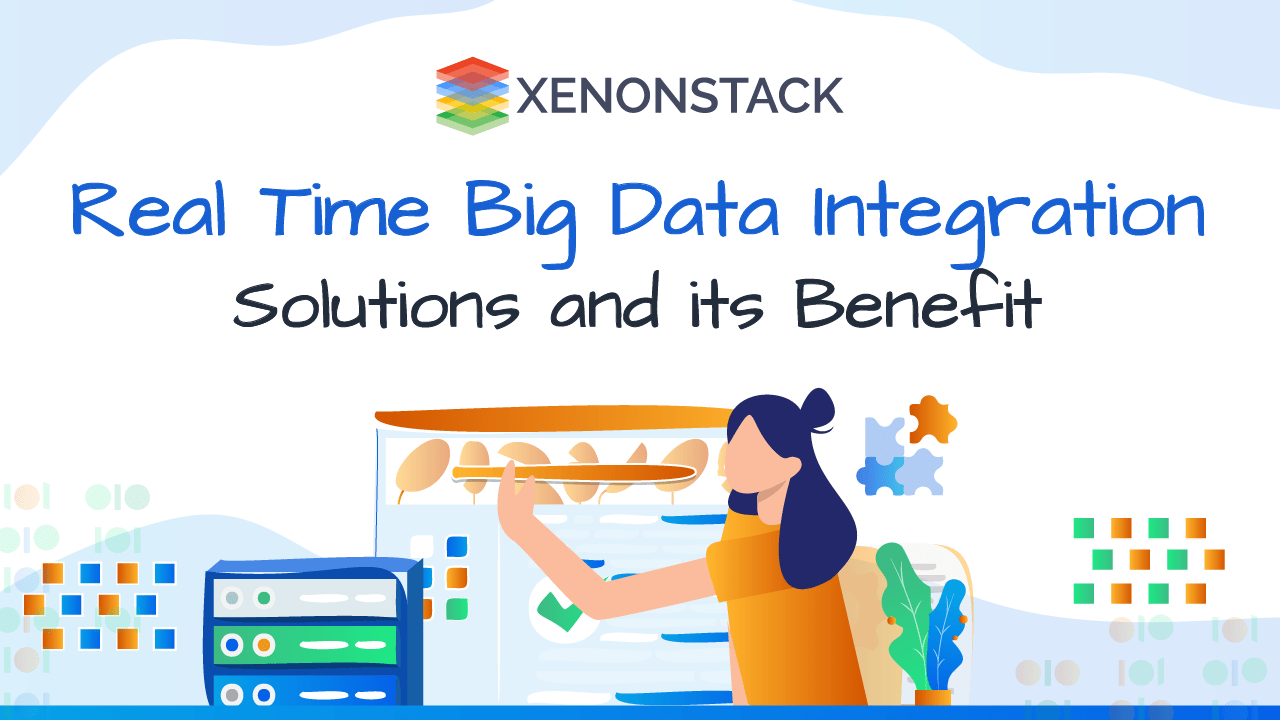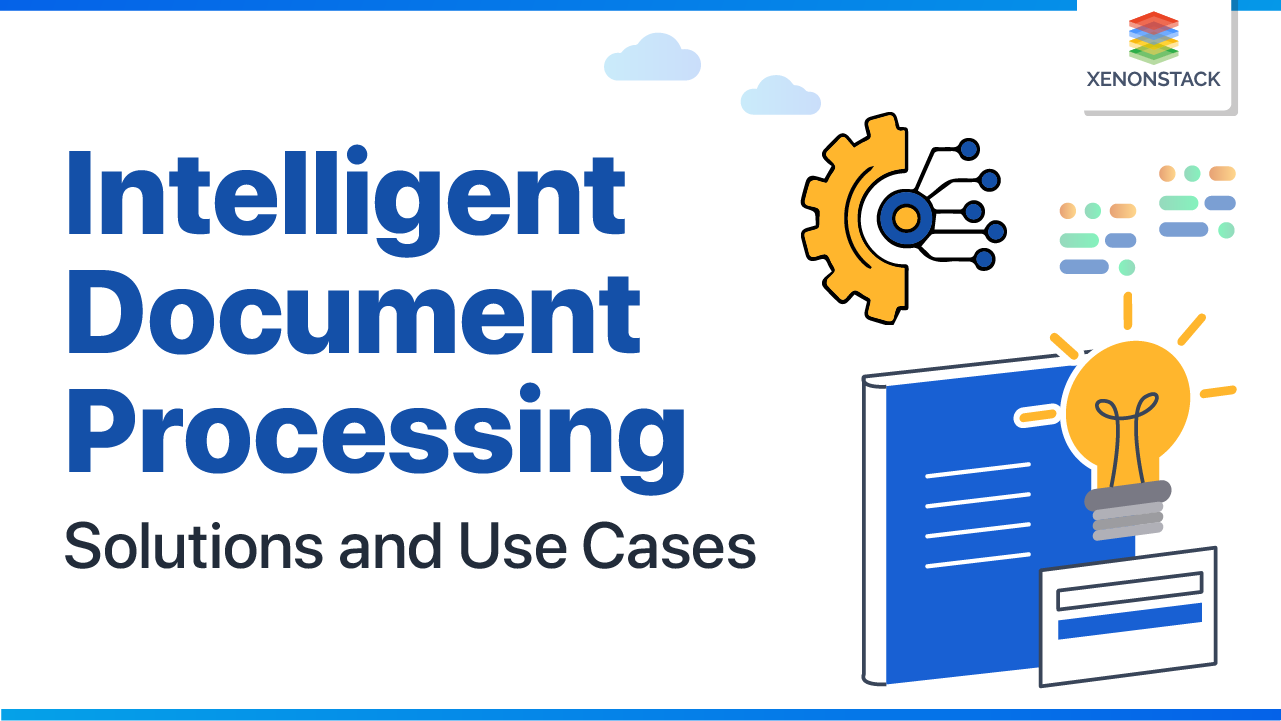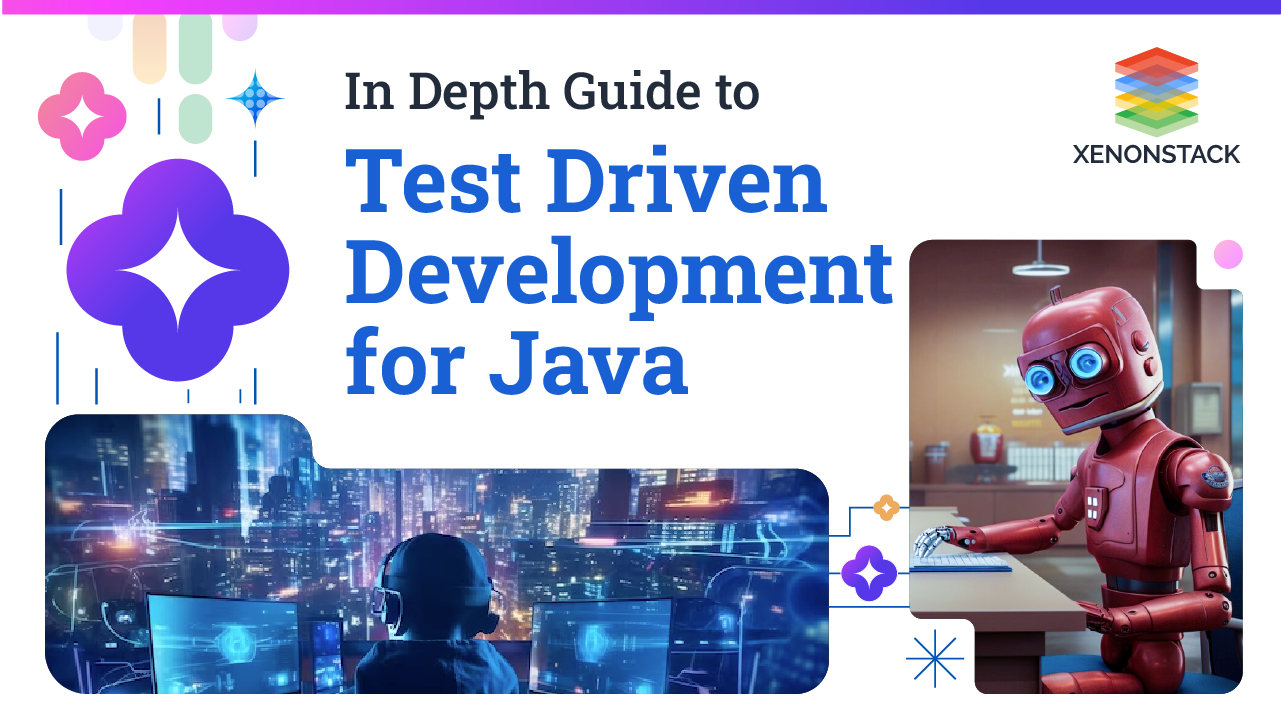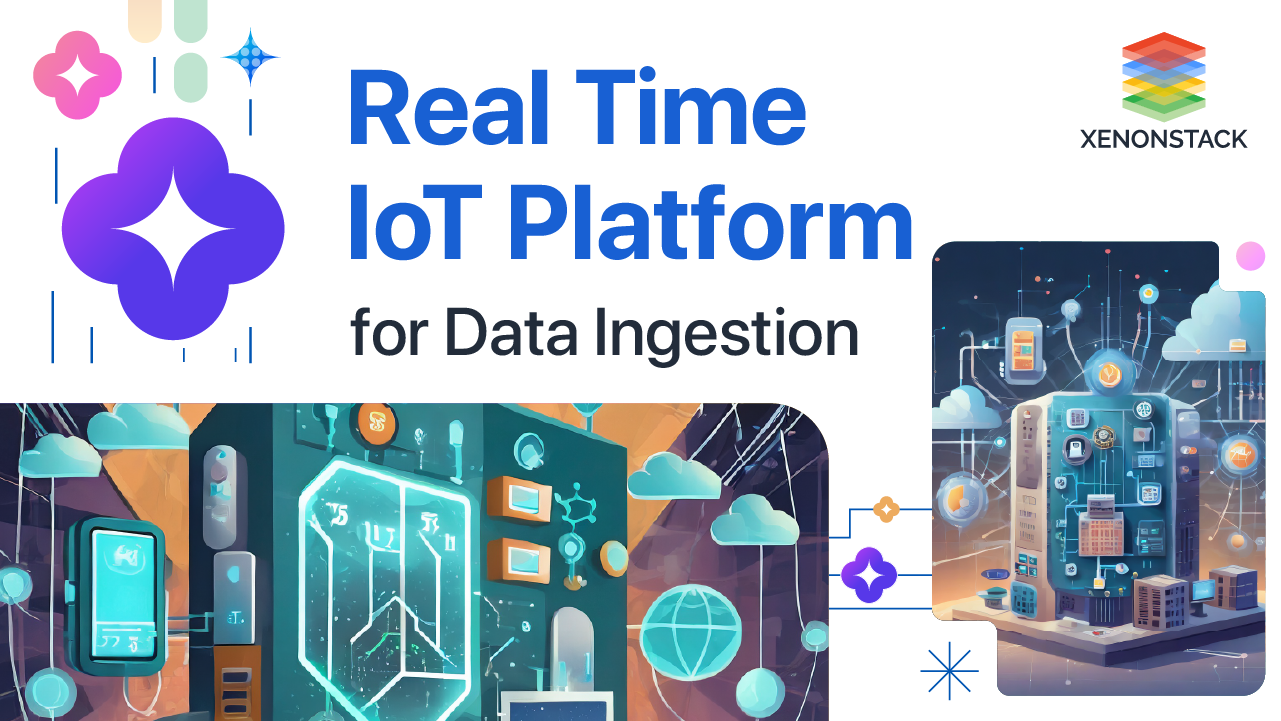
What is Data Integration?
The process of bringing data from disparate sources together to provide users with a unified view is known as data integration.
Data is everywhere, and we are generating it from the Centre of Analytics - Product Discovery and Recommendation from different Sources like Social Media, Sensors, APIs, and Databases.
This Article will cover all the aspects of Big Data Integration. Healthcare, Insurance, Finance, Banking, Energy, Telecom, Manufacturing, Retail, IoT, and M2M are the leading domains/areas for Data Generation. The Government is using Big Data to improve its efficiency and distribution of services to the people.
What are the various types of Data Integration Approaches?
The various types are listed below:
Manual Integration
Clients reach out to all relevant information systems and manually combine selected data. Also, users need to know frameworks, data representation, and semantics.
Common User Interface
Here, the user uses a standard interface that includes relevant information systems, which are still separately presented so that integration of data yet has to be done by the users.
Integration by Applications
This approach uses applications that access various data sources and return results to the user.
What is Biggest Challenge for the Enterprises?
The Biggest Challenge for Enterprises is to create Business Value from the data from the existing system and new sources. Enterprises are looking for a Modern Dataset Integration Platform for Aggregation, Migration, Broadcast, Correlation, Data Management, and Security. Traditional ETL is having a paradigm shift for Business Agility, and the need for a Modern Data Integration Platform is arising. Enterprises need the Platform for agility and end-to-end operations and decision-making, which involves Data Integration from different sources, Processing Batch Streaming in Real Time with Big Data Management, Governance, and Security.
Leverage our Big Data Consulting Services to make data driven decisions by unlocking the actionable insights.
Different Types of Data
- The format of the content of data is required.
- Whether it is transactional, historical, or master data
- The Speed or Frequency at which it made to be available
- How to process it, i.e., whether in real-time or batch mode.
What are the five Vs. of Big Data?
These are the five Vs. to making your strategy a success.
- Volume
- Velocity
- Variety
- Veracity
- Value
The Additional 5 Vs. are
Lately, there have been an additional five Vs. that have been added to Big Data.
- Validity
- Variability
- Venue
- Vocabulary
- Vagueness
What are the Characteristics of Big Data?
Using Different types helps us to identify the Big Data Characteristics, i.e., how it is Collected, Processed, and Analyzed, and how we deploy it On-Premises or Public Hybrid Cloud.
Data types are :-
- Transactional
- Historical
- Master Data and others
- Data Sizes - The data size like Small, Medium, Large, and Extra Large mean we can receive dataset having sizes in Bytes, KBs, MBs, or even in GBs.
- Data Throughput and Latency - How much Information is expected, and at what frequency does it arrive? The throughput and latency depend on the sources:
- On-demand, as with Social Media
- Continuous feed, Real-Time (Weather, Transactional )
- Time series (Time-Based )
- Processing Methodology - The technique for processing data (e.g., Predictive Analytics, Ad-Hoc Query, and Reporting).
-
- The Web and Social Media
- Machine-Generated
- Human-Generated etc
-
- Business processes
- Business users
- Enterprise applications
- Individual people in various business roles
- Part of the process flows.
- Other repositories or business applications
What are Data Ingestion and Integration?
It comprises integrating Structured/unstructured data from where it originated into a system, where it can be stored and analyzed for making business decisions. Data Ingestion may be continuous or asynchronous, real-time or batched, or both.
A part of the Big Data Architectural Layer in which components are decoupled so that analytic capabilities may begin. Click to explore about, Data Ingestion Architecture and Tools
Data Integration is the process of Data Ingestion - integrating it from different sources, i.e., RDBMS, Social Media, Sensors, M2M, etc., then using Data Mapping, Schema Definition, and transformation to build a platform for analytics and further Reporting. You need to deliver the right dataset in the right format at the right time frame. The integration provides a unified view of Business Agility and Decision Making, and it involves -
- Discovering
- Profiling
- Understanding
- Improving
- Transforming
A Data Integration project usually involves the following steps -
- Ingest Dataset from different sources where it resides in multiple formats.
- Transform means converting it into a single format to manage his problem with the associated records easily. Data Pipeline is the main component beneficial for Integration or Transformation.
- Meta Data Management: Centralized Data Collection.
- Store Transform Data so that analysts can exactly get when the business needs it, whether in batch or real-time.
Why is Data Integration Important?
-
- Make Data Records Centralized - Dataset is stored in formats like Tabular, Graphical, Hierarchical, Structured, and Unstructured. A user must go through all these formats before making a business decision. That's why a single image is a combination of different formats helpful in better decision-making.
- Format Selecting Freedom - Every user has a different way or style of solving a problem. Users are flexible to use data in whatever system and in whatever format they feel better.
- Reduce Data Complexity - When data resides in different formats, increasing data size also increases, degrading decision-making capability. One will consume much more time understanding how to proceed with data.
- Prioritize the Data - When one has a single image of all the records, prioritizing the data, what's very helpful and what's not required for a business can easily be found.
- Better Understanding of Information - A single image of data helps non-technical users understand how effectively one can utilize records. While solving any problem, one can win the game only if a non-technical person can understand what he is saying.
- They are keeping Information Up to Date - As data keeps increasing daily. So many new things become necessary to add to existing sources, so Integration makes it easy to keep the Information up to date.
Big Data Security and Governance
If a business wants in on the enabling world of Big Data Analytics, it will need to be aware of some of the biggest security concerns first. It can include using data to unused, and its proper utilization is also necessary. Along with proper usage, Big Data security is also a major concern. Without the right security and encryption solution in place, it can mean a big problem.
Big Data Governance
Big Data Governance means effectively managing data sources in your organization. Data is significant to an organization, but still, there are some issues in managing it. Those are
- Accuracy
- Availability
- Usability
- Security
Big Data Security
If a business wants in on the enabling world of Big Data Analytics, it must first be aware of some of the biggest security concerns. Big Data can include using data to unused data, and its proper utilization is also necessary. Along with proper usage, Big Data security is also a significant concern. Without Right Security, Authentication, encryption, and Data Monitoring solution, Big Data can be a big problem.
Internet of Things, M2M and Autonomous Driving
With the rise of the Internet of things, M2M Communication, and Autonomous Driving Vehicles, the Data to be generated by Driverless Cars Only will be around 25 gigabytes Per hour, which will exceed the usage of Social Media and Data produced by mobiles. With the massive amount from Data Producers, We need to solve the data integration problem for Batch, Streaming, and Real-time Data sources. So Data integration in the Internet Of Things will play a significant role in Defining the IoT Strategy.
Real-Time Big Data Integration
Data Pipeline is a Data Processing Engine that runs inside your application. It is used to transform all the incoming sources in a standard format so that we can prepare it for analysis and visualization. Data Pipeline does not impose a particular structure on your data. Data Pipeline is built on Java Virtual Machine (JVM)
What is the difference between ETL and Data Integration Methods?
The complete comparison between ETL and Data Integration Methods is described below:
-
Extract, Transform and Load (ETL)
ETL stands for Extract, Transform and Load. In ETL, we extract data from different sources, structured or unstructured. Once the data is available in the Staging Area, it is all on one platform and database. Finally, we load it into a warehouse as fact and dimension tables.
-
Data Integration
Data integration involves combining data from various sources, which are stored using different technologies and provide a unified view. It includes multiple techniques-
- Manual Integration
- Physical Integration
- Virtual Integration
What is the Real-Time Big Data Platforms?
It's well said that "Making Good Decisions is a crucial skill at every level." Big Data also involves making Real-Time Decisions. Real-Time has many meanings, like speed, execution frequency, or how much time is consumed at run time. That's why real-time solutions are designed to satisfy business requirements. Integration describes real-time business intelligence and analytics. As we know, today, many technologies are evolved in Data Ingestion, Storage, and Management to handle a variety of datasets in multiple formats that come from various sites. When it is in motion needs to travel across the solution for real-time Data Integration, and each tool and platform involved needs to have some real-time capability.
How Can XenonStack Help You?
Harness the power of Big Data to drive better business decisions from the leading Service Provider.
- Discover more about Unified Data Ingestion Solutions
- Explore here about Data Integration Pattern Types


